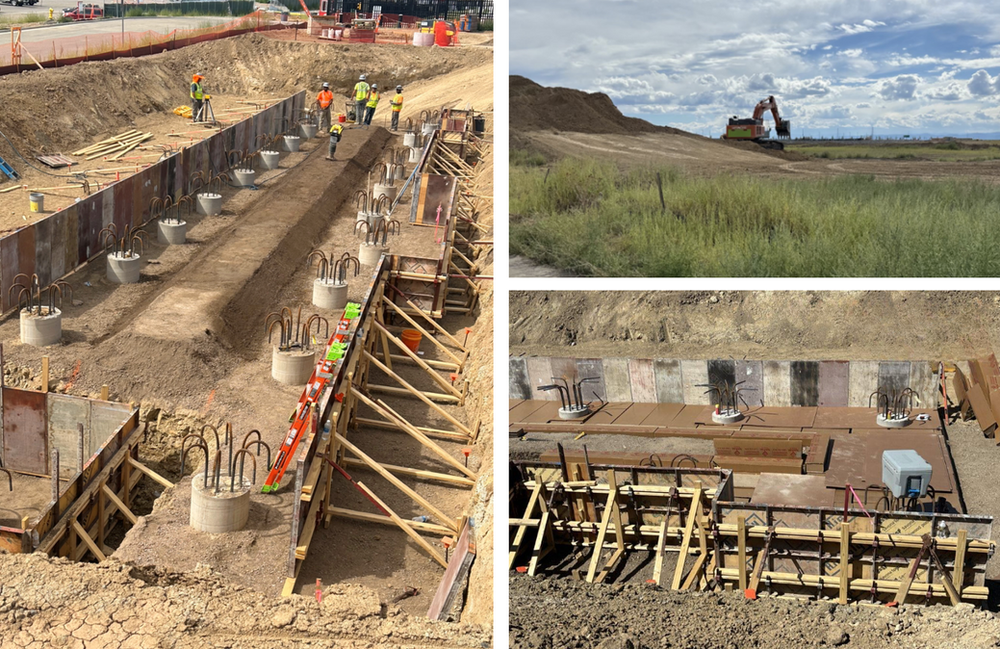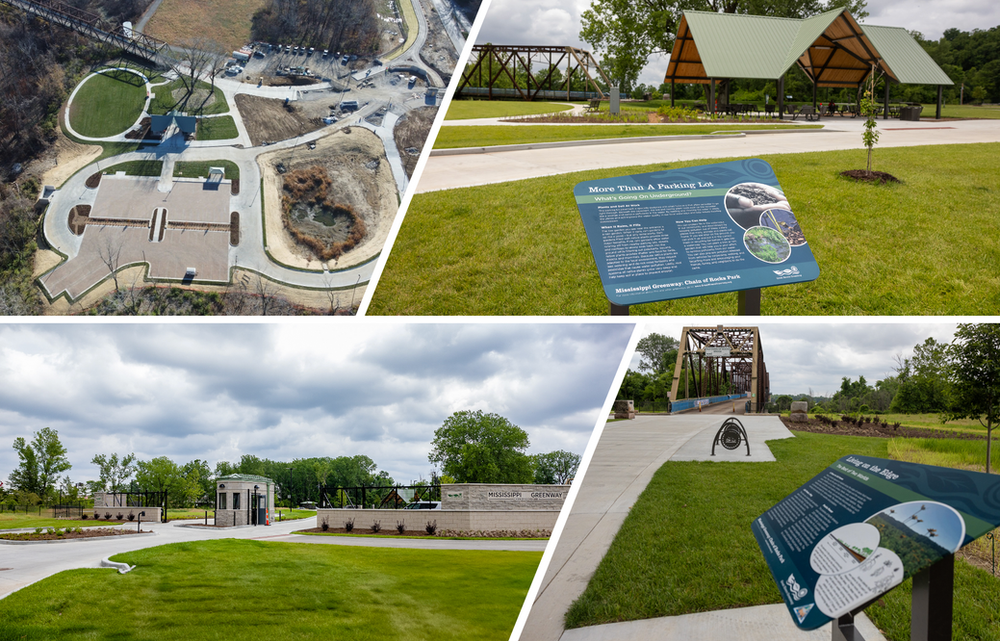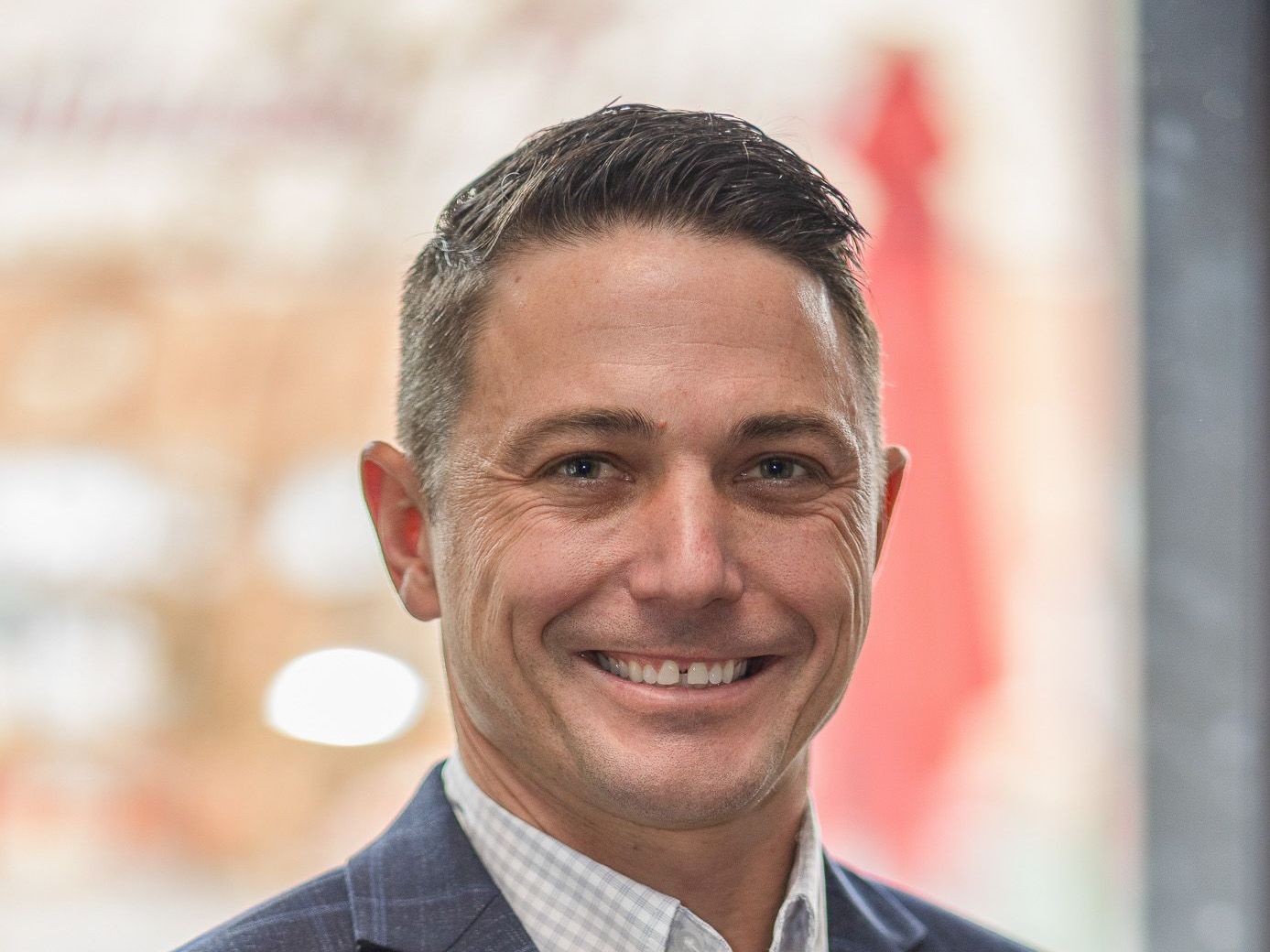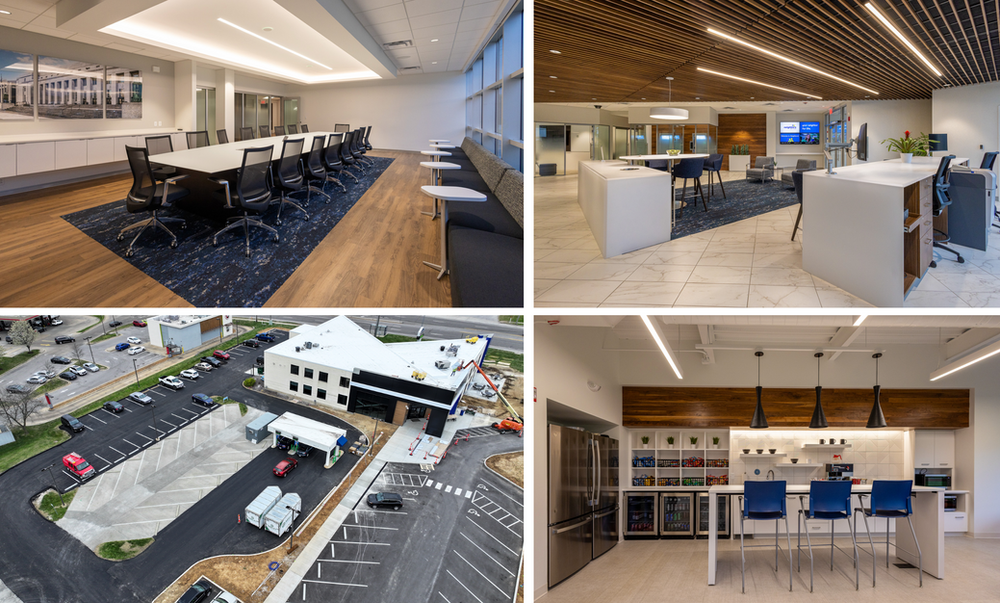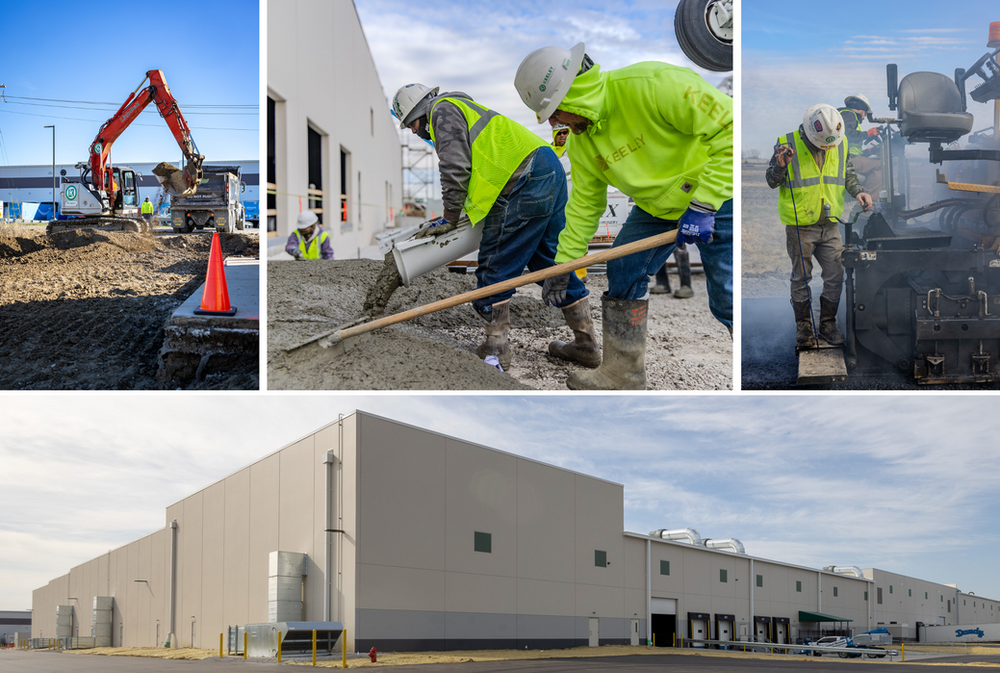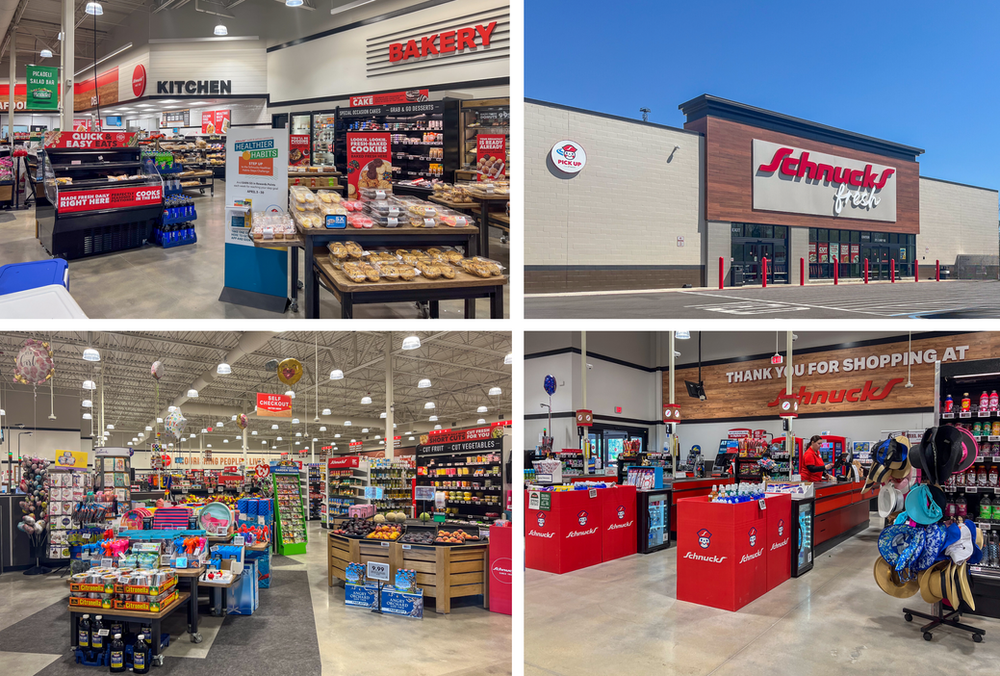Contact
314.421.5933
Address
500 S Ewing Ave, Suite G
St. Louis, MO 63103
The New Normal Part 2: Longer Term Adaptations To Branches in a Post-COVID World
By: Derek Maschek
Welcome to Part Two of a three-part series investigating the “new normal” of safe(er) branches. Part One discussed some quick fixes to get you back in operation while addressing COVID-19 with some semblance of safety. Part Two introduces strategies that will take a bit more thought, planning, effort, time, and money to implement the next steps towards a transmission-resistant branch retail environment.
These are unprecedented times for our generation. We have had pandemics before, and we will have them again. Every year, flu season waxes and wanes during which the CDC estimates that as many as 56,000 people die from it and other flu-like illnesses. The often-referenced Spanish Flu of 1918 (an H1N1 virus) continues to circumnavigate the globe even today, most recently as the 2009 “Swine Flu”. This century we’ve already experienced threats by Ebola, SARS, Bird Flu (H5N1), MERS and now COVID-19. Add the totality of our uniquely modern issues of population quantity and density, high rates of mobility, the significant numbers of people living with chronic health conditions, and now we have a whole new level of concern on our hands. We choose the degree at which we allow issues of transmission to influence branch design. Historically, these considerations were left primarily to healthcare design, but that will no longer be the case. Saying “post COVID” is deceiving in the sense that there will always be threats of this nature, and therefore the “new normal” is the same as the old really, but with renewed scrutiny granted by perspective.
Thankfully, many illnesses use similar transmission strategies so dealing with this topical one will be reasonable defense against others. The primary culprits are aerial contaminants (droplets and aerosols) and the surfaces upon which they land. The highest risk of transmission comes from prolonged close person-to-person interactions, particularly while talking. While current studies for COVID-19 suggest that aerosols are the main concern, surface contamination and transmission remain relevant from a broader perspective. Nearly all the concepts identified in Part One remain valid for Part Two, and we will continue build upon them as more information becomes available. Suggestions in Part Two will still assume the facility design will need to be improved upon and would undergo more involved renovations, while the upcoming Part Three will offer thoughts on what a future “healthy” branch might look and feel like.
Financial Institutions were generally better prepared than most to continue to serve their community with limited contact using drive-throughs, remote teller equipment, and internet and mobile services which have experience a rapid growth in popularity. Will retail branches be lucky and stay in operation or does this challenge signal their final slide into irrelevance? The trend has undeniably been towards smaller and fewer branches over the last 20 years, although that has been showing recent signs of stabilizing and even morphing. In the end, where you operate, the type of customers and members (guests) you have and seek to have, blended with how you choose to serve them will dictate if retail branches are in your future. Since personal touch is an irreplaceable differentiator, we think branches continue to have an important role for most banks and credit unions, at least in our foreseeable future.
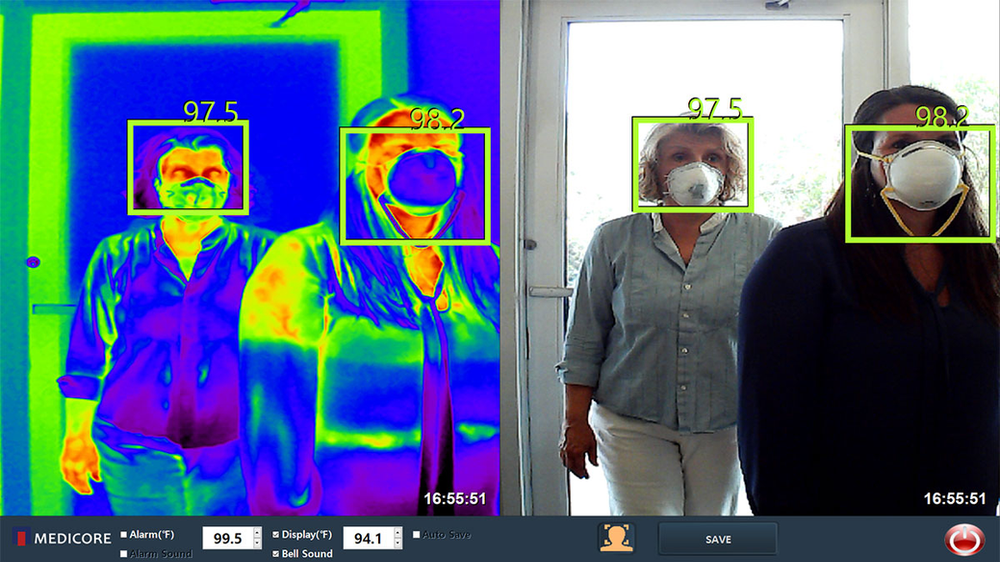
So, where do you begin? Your front door is more important than ever. It is where you make your initial impression and it is your last chance to exclude unwanted deficiencies, so here are a few technologies to consider. Already in use is an infrared camera and display system that by detecting body heat can identify some people whose elevated temperature suggests infection. It can passively happen as people walk by, or as part of a touchless check-in station. The system could issue a warning or could provide an opportunity for a person (in-person or virtual) to warn a potentially infected person of their suspected condition and either prevent entry or make the strong recommendation of a postponed visit. The system could also be tied to automatic doors that will not unlock unless the person is “cleared”, much like a key fob. As part of a check-in station, it would improve service by identifying guests for a personalized greeting and prompt service and would improve security by conspicuously recording and inhibiting entry by unidentified visitors.
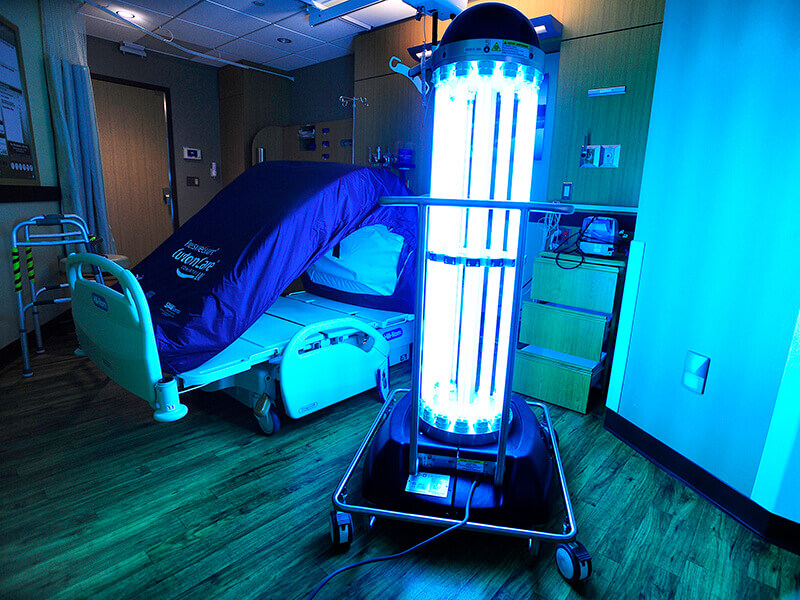
Unfortunately, some infected and contagious individuals experience no symptoms at all and could therefore still walk on in. Once illness has entered the building, there a few ways to combat the spread of the virus. One of our stronger allies in this fight is Ultraviolet Light (UV), which been proven efficient in combating viruses and bacteria. For our purposes we need to understand the two types of UV light available to help cleanse our air and surfaces. Highly effective UV-C light has been used for decades by hospitals in an approach called "ultraviolet germicidal irradiation". However, this type is very dangerous to human tissues - think sunburn, skin cancer, and blindness. There are UV-C light fixtures that can disinfect air and visible surfaces in an occupant-free space within a short window of time, employing at least two built-in safety measures to ensure vacancy when in operation. Powerful UV-C fixtures can also be installed within a mechanical system’s ductwork to cleanse the air that passes through before being recirculated. It is important to note that the bulbs in all UV-C fixtures need replacement every 2-3 years. Another type of ultraviolet light is Far-UVC which is safe for humans as its short wavelength prevents it getting past the thickness of the outer layer of skin or the tear layer in the eye. If used in continuous low doses over time, it will weaken and destroy microscopic viruses and bacteria. Standard light fixtures that include this far-UVC bulb option to continuously sanitize a space, even while occupied will soon be available. For a more individually targeted application of Far-UVC, there are walk-through doorways such as the Cleanse Portal by Healthe, which looks like a sleek airport metal detector. Given about 20 seconds it “effectively inactivates over 90% of contaminants” on the surface of somebody’s skin, clothes, and other belongings. Since standards and regulatory agencies devoted to assuring safety of these types of fixtures is still developing, please consult a professional before implementing any new technologies.
While discussing matters of offense, we must thoroughly consider the mechanical systems that manage the conditioning and flow of building air. Strategies here boil down to destruction/deactivation, capturing, dilution, deflection, and humidification. Capturing viruses can be handled with improved filtration and longer run-times. Filters of preferably MERV-14 or higher can be added into some systems, but when they are for large and open spaces, consider installing spatial air cleaners which have the added benefit of being more effective by being closer to the source. The size of viruses of which we’re dealing “falls squarely within the particle-size range that HEPA (High Efficiency Particulate Air) filters capture with extraordinary efficiency: 0.01 micron (10 nanometers) and above”, but such filters require adding fans to push the air through the dense filtration. There are BPI (Bi-Polar Ionization) purifiers that help treat the air by flooding it with charged particles that then attach themselves to air-borne particulates effectively making them more easily captured by filters. While studies on these units thus far have almost exclusively been conducted by the manufacturers themselves, they are consistently showing some effectiveness on COVID-19. Dilution is the strategy of adding outdoor air by either increasing the flow of fresh air or by running the system longer. According to the EPA, indoor air can have from two to five to up to 100 times the number of pollutants as outdoor air. Deflection is a bit more of a defensive strategy, involving the direction air flows within a space with the specific goal of avoiding pushing contaminated air into areas of otherwise clean air. Some supply louvers allow limited adjustment to air flow direction and all mechanical units allow fan speed to be reduced, or in facilities with an exposed ductwork aesthetic, consider fabric ductwork such as Ductsox or Soper’s. As a last and perhaps least effective resort, because air often flows around them, barriers can be installed. Our final assault involves increasing building relative humidity (RH) to 40-60%, which (as with BPI) reduces a virus’ ability to remain aloft. On the surface this seems simple and easy, but high humidity can have some very serious negative building consequences. Since low indoor RH is common while heating, adding moisture into the air inside a poorly insulated building, or one with a poorly constructed envelope risks condensation within the exterior wall which then leads to degradation of components and to the likely growth of mold. Overall, improving indoor air quality will help from a broad health perspective, not just with regards to transmission resistance. Strategies will certainly add cost in more ductwork, longer run cycles, more energy, and more and more expensive equipment, but there are proven returns on these investments. Again, consult a professional to evaluate the options for maximum efficiency while also being cost-friendly.
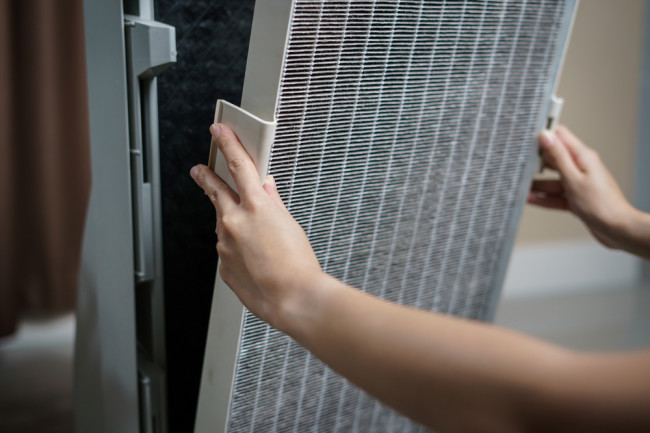
The strategies above are perhaps your best offense. Now we have some defensive strategies to review.
You invite guests to wait until they can be served in your main lobby or designated waiting area. The first question to ask yourself is if the wait can happen outside, perhaps even with an app-based or phone call sign-in before entering at all. Socially distanced individual seats and the installation of barriers make assumptions about party size and are not the most aesthetically pleasing. Instead of a single grouping of similar inward facing seating, create small clusters of different types of seating that allows for different types of waiting. Executed well, a couple could hang out at a high café table placed in a windowed alcove and review financial documents, a business person could sit somewhat privately at a desk and quickly check emails, a father could sit on a high-backed bench and read as his children play at an interactive wall, and an elderly couple could just sit back and watch tv. A staff member may have to walk a bit more to find the next guest to serve, but a text or phone call would alert them, or they could know who they are looking for thanks to a picture taken at the temperature-verifying check-in kiosk inside the entry vestibule.
A traditional Branch design with a contiguous teller line and fully enclosed offices adapts rather easily to transmission-prevention with the strategic use of barriers and vacancies. However, many institutions have moved to some measure of the Universal Teller approach, and while it holds as the best service approach it is a trickier challenge to adapt for our purposes here. The weaknesses from our anti-transmission perspective include prolonged talking interactions, less designated staff positions, more floating, and facilities tend towards a smaller footprint with a greater level of spatial openness overall. Each of these characteristics is nearly the opposite of what is preferred, creating quite a series of hurdles to overcome safely without sacrificing service.
Conversations are a necessary and valuable part of doing business in a branch, otherwise why come in at all. Without question the safest solution to the conundrum is to go virtual and avoid any contact at all, which will be preferred by some and under certain conditions is highly advisable. Working from home and connecting with friends and family over the last few months has led to most of us becoming comfortable with Zoom, Microsoft Teams, and other video conferencing software, but there is a notable sacrifice of some or all the personal connection. Teller stations at a pod are often bigger than at a traditional teller line, but proper distancing is rarely achieved. Since a heavy cash dispenser/recycler often anchors these transaction hubs, a transparent barrier may be unavoidable. Inside an office, furniture could be reconfigured so that people are more appropriately distanced instead of surrounding a table or desk, although the available distance would be limited. Another solution would be to have an isolated station that allows one guest or three guests to have a virtual meeting with a staff member that could be either within the same building or across town. Having a space devoted and a system set up and ready to go limits the chance of annoying technical glitches and provides at least some level of interaction getting the guest(s) set up, handing them whatever materials may accompany the meeting, and then seeing them off afterwards. Additionally, it helps guests become familiar with the technology that they will need to understand in the future, in a controlled and friendly situation.
Some staff positions may have to return to being assigned and stationary to avoid the constant cleaning regimen that would be required and would inevitably fail sometimes. Workstations and offices that act as hoteling positions for more involved or support services are now more important than ever as they can function as a limited but expanded-function teller position, as an office, and as a virtual meeting station. Again, consider how some of the UV fixtures previously mentioned may alleviate the contamination concern.
The size of branches may have reached their minimum size at this point, but the open branch feel will remain attractive as it is undeniably more welcoming and comfortable than an array of partitioned spaces. Nothing replaces additional space when trying to achieve distance and open is flexible. Perhaps flexibility is the advantage we have yet to fully exploit, but we will be doing so in Part Three where we reconsider the branch experience from inside and out.
Our overarching recommendation is for you to work with a professional team to review the options and then find the right balance of solutions for your situation. One size does not fit all when it comes to reevaluating your branch design. Some suggestions are not going to be acceptable due to appearance, cost, etc., so look for alternate strategies that tackle the same problem differently and remember that stacking strategies amplifies the effect. There is also no reason your team should not be able to simultaneously address your broader facility wants and needs, thus getting you the biggest bang for your buck.


